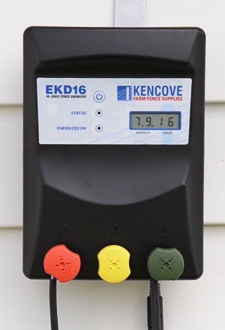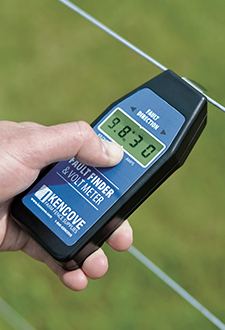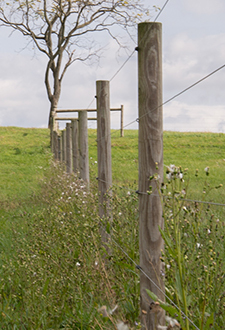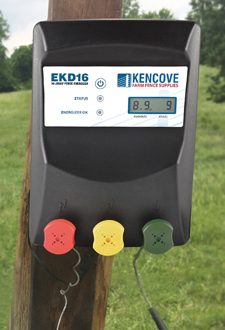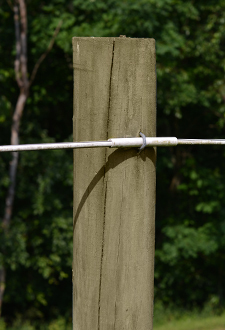BLOG
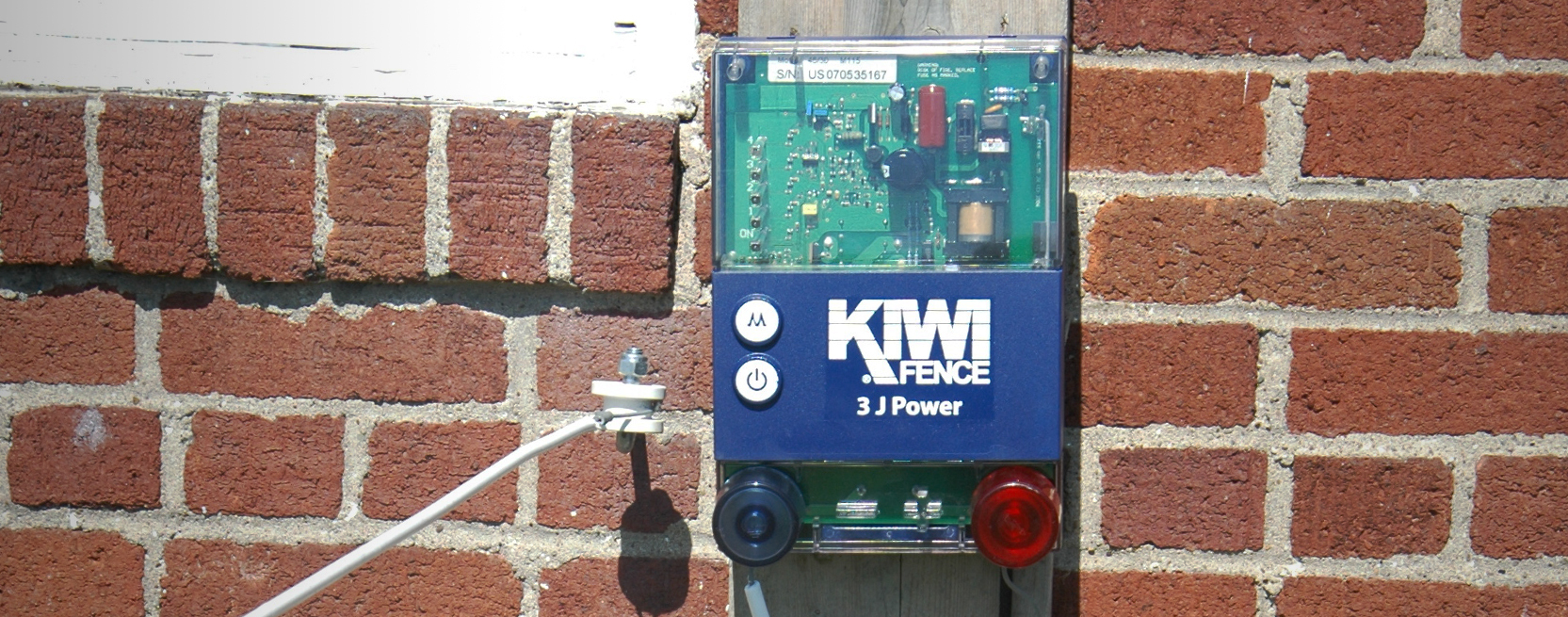
Low Impedance vs High Impedance
Historically, there have been three major impedance types for energizers: high-impedance, solid-state, and low-impedance. Of these different types, high-impedance energizers, for the most part, have been taken off the market. These were the older “weed burner” types. They had long, slow pulses, and they did burn through weeds, but they were also known to start fires and, in general, were not all that safe.
Solid-state energizers deliver a medium-amperage shock with a pulse of medium duration. These fence chargers are ideal for short-haired animals and pets, where weed loads are minimal.
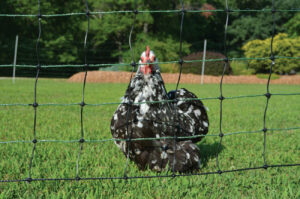
High-impedance and solid-state energizers should not be used on electric nets, polytape, or polywire fencing, as they do not function well with a great deal of resistance. There is also a possibility that the duration of the pulse will cause damage to the poly-filament and conductors.
Most modern-day energizers are now considered to be low impedance. The duration of the electrical pulse is the dominant factor. To be considered low impedance, the duration of the pulse must be less than .003 seconds. You can also relate impedance to leakage. With fence loading, a high-impedance charger will have more leakage of power, and a low-impedance charger will have less leakage of power. In general, low-impedance manufacturers have designed their pulses to be more streamlined, bullet-shaped, and of short length. This allows for more power going through vegetation and long lengths of fence line.
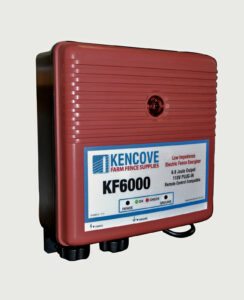
In non-technical terms, low impedance means the fence charger is designed to effectively shock through vegetation and other foreign matter contacting the charged wire. Vegetation such as grass, weeds, vines, etc., contacting the charged wire tends to impede or stop the flow of electricity by grounding out the fence. This is a common problem that exists on most electric fences.
Low-impedance fence chargers offer the most innovative technology for larger areas and weed loads. Be cautious of high-impedance and solid-state chargers, and use them only for the appropriate application. Take into consideration the animal you are containing or excluding, as well as the type of fence being charged. Low-impedance chargers have taken over the market and are available in a variety of input sources, joule ratings, and styles.




